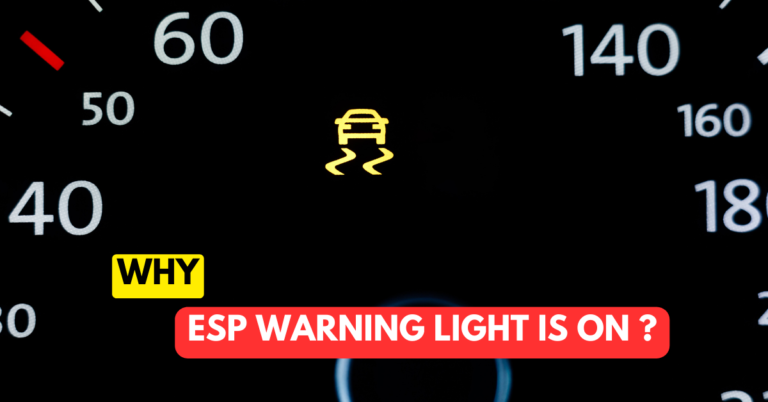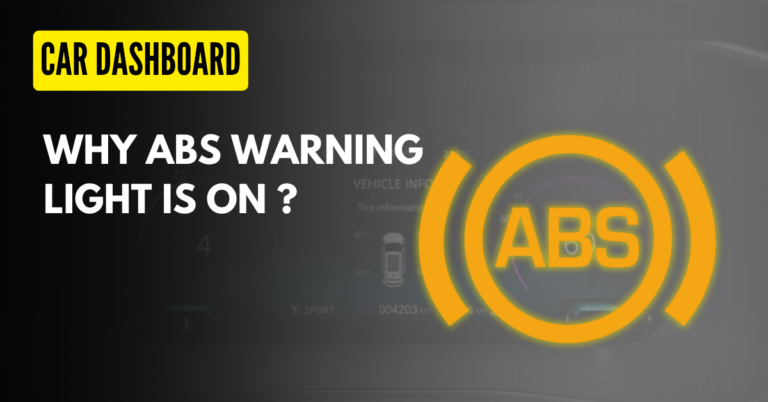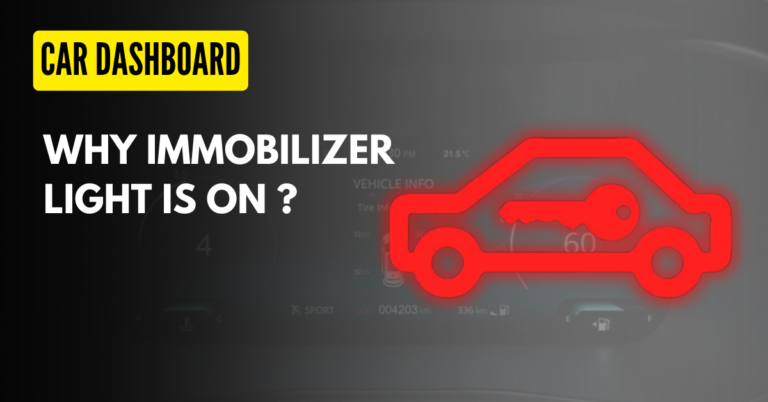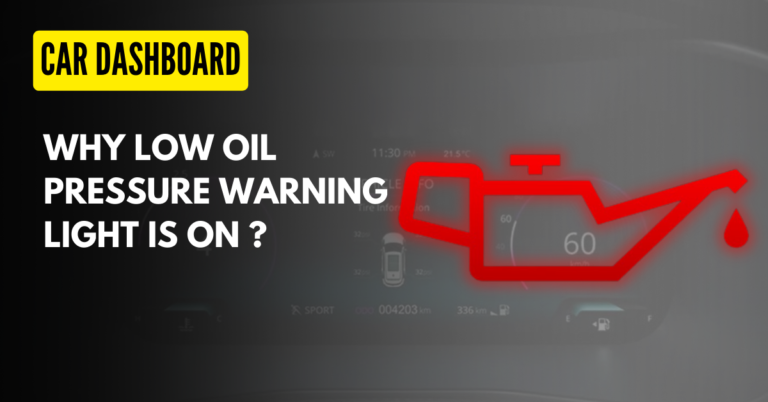You’re cruising down the road, focused on the journey ahead, when unexpectedly, the battery light on your car’s dashboard flickers to life. Understanding the implications of this sudden illumination and whether it’s safe to continue driving becomes paramount. Generally, when the battery light illuminates while you’re on the road, it’s a signal of a potential issue within your charging system. Often, it’s associated with problems related to the alternator, such as corrosion or other factors impacting its functionality. In essence, this indicator might signal an issue with your vehicle’s battery or alternator system.
What is Battery Warning Lights ?
The battery warning light can be puzzling for drivers. Upon starting your car, it might be alarming to see the light come on, but it often doesn’t imply an issue with the battery itself. Sometimes, the battery warning light illuminates briefly during startup and then vanishes.
Contrary to popular belief, this light doesn’t always mean your battery is failing. Instead, it’s a signal that your alternator, responsible for charging the battery, might not be working properly.
In earlier days, this indicator was known as the “generator light,” occasionally labeled as “GEN” or “ALT.” Over time, it transitioned into a battery icon or the word “battery” displayed on the dashboard.
Can You Drive Your Car With The Battery Light ON?
Driving your car with the battery light on is possible, but it’s not recommended for an extended period. When the battery light comes on, it often means the alternator isn’t charging the battery, and the vehicle is running solely on the battery’s power.
While you can continue driving, it’s wise to reduce electrical usage like the air conditioning, stereo, or heated seats. This helps conserve the battery’s power for crucial functions.
It’s crucial to drive to a safe location because if the battery drains completely, the vehicle might stop running, leading to a potential breakdown.
Keep in mind that the battery can power the vehicle for only a limited time, so aim to reach a safe destination promptly.
There’s a risk that if the battery dies while driving, the vehicle might stall, making it challenging to restart. Therefore, drive cautiously and find a safe place to stop.
While it’s possible to jump-start your car with another vehicle, this method isn’t always reliable in every situation. Additionally, bump-starting your car is an option, but remember, this method isn’t feasible for cars with automatic transmission.
Why is The BATTERY LIGHT ON In My Car Illuminated?
An illuminated battery indicator can be caused by a number of issues, including:
1. Loose or corroded battery cable:
When the battery cable terminal is loose or corroded, it can prevent the battery from charging properly.
2. Issues with the alternator or voltage regulator:
A malfunctioning alternator fails to charge the battery, potentially caused by a broken serpentine belt. The voltage regulator, responsible for maintaining a consistent voltage, might also be at fault.
3. Damaged battery cells or plates:
A dead or damaged battery could trigger the battery warning light.
4. Faulty wiring in the car’s electrical charging system:
Problems in the electrical circuit, such as a blown alternator fuse, may interfere with the charging process and prompt the warning light to illuminate.
How to Fix Battery Warning Light?
Here are steps you can take to troubleshoot the issue and understand why the battery light has come on:
1. Inspect the battery:
Check the battery for corrosion or damage on the terminals. Clean corrosion from battery terminal, if any and ensure the clamps are firmly secured.
2. Check the alternator:
Examine the alternator for loose or missing electrical connections. Look for signs of a malfunctioning alternator. If it’s faulty, consider replacing it.
3. Inspect the serpentine belt:
Look for visible cracks, breakages, or complete loss of the belt. The serpentine belt connects various engine components like the alternator; if it’s damaged, replace it.
4. Check the fuses:
Inspect the alternator fuse. A blown fuse can disrupt the battery charging process. Replace the blown fuse with a new one of the same amp rating.
5. Assess the battery status:
Look for symptoms of a dead battery. If the battery is not charging properly and nearing its typical lifespan of 4-5 years, consider replacing it soon.




